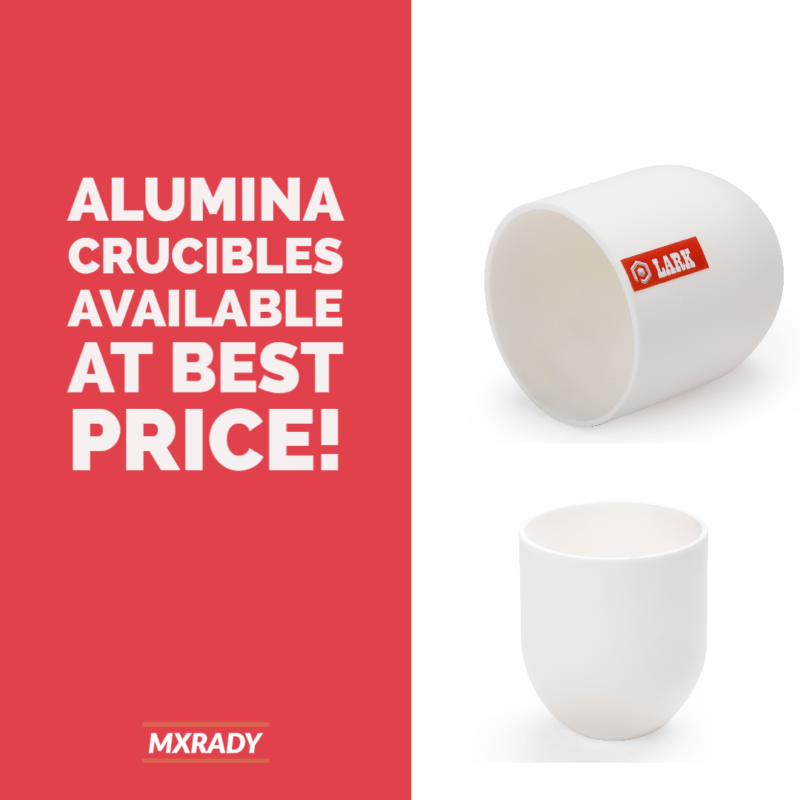Alumina crucible is a type of crucible made from alumina, or aluminum oxide, the same material used to produce aluminum metal. Crucibles are used in chemistry laboratories as containers for extremely hot chemical compounds and are made from materials with high-temperature resistance. The ceramic form of alumina is commonly used because of its low cost, strength, and ability to withstand temperatures as high as 3272°F (1800°C). Alumina crucibles come in different shapes and varieties and have applications in laboratory research, academia, and industry.

Q: Where alumina crucible is used?
Aluminum oxide crucible blue and insulators are used in the following applications:
• Used for making parts for CVD, ion implants, photolithography, and semiconductor parts.
• In traditional industries, alumina ceramics are ideal for products such as injector tubes, gas nozzles, and insulators.
• Used as a material for industrial furnaces due to its ability to maintain its hardness at high temperatures.
• Used as a protector for high-temperature thermal couples.
• Used as a material for the chemical industry due to its high corrosion resistance.
Q: What type of crucible is used for gold & What is a crucible for melting gold?
Graphite crucibles used for melting gold are made of superior grade graphite and have thermal shock resistance, thermal stability, oxidation resistance, and excellent mechanical strength. They are designed to withstand temperatures of over 2000° C or 3632° F.
Q: What is the use of alumina crucibles?
Alumina Crucibles, Generally speaking, a crucible is a vessel or dish that is used to hold a sample inside a high-temperature furnace. Ceramic crucibles have enjoyed a long history, having been used as a metalworking tool since around 5000 BC. Crucibles are used in fuel-fired furnaces, electric resistance furnaces, induction furnaces or simply to transfer molten metal. They come with or without pouring spouts and in a wide variety of traditional and specialized shapes.
Q: How are alumina crucibles made?
Aluminum oxide is refined industrially from bauxite ore, which contains aluminum. After several purification processes, a substance called calcined alumina is obtained, which contains mostly alumina with some impurities, mainly sodium oxide. Calcined alumina is often used to make crucibles.

